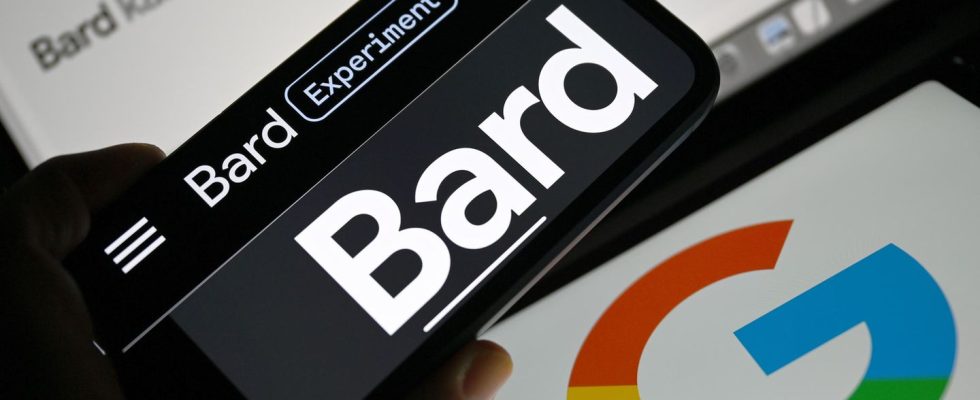Bard
Artificial intelligence against fake news: Google chatbot recognizes false information
The Google chatbot Bard will in future be able to recognize false information using artificial intelligence
© Arne Dedert / DPA
The Google chatbot Bard will soon have a lot ahead of its competitor Chat GPT. In the future, the program will be able to recognize fake news in AI answers. And it should make work easier for users.
Krawczyk said Bard is the first AI language model that is willing to admit when it is unsure of something. “Bard goes a step further and says, ‘I’m willing to admit that we made a mistake.'” Double check will be made available worldwide, but initially only in English.
In another innovation, Google wants to enable users to connect information from their personal lives with Bard’s artificial intelligence. To do this, users can provide the Bard system with targeted data from their personal GMail mailbox and the documents stored in the cloud storage Google Drive for evaluation.
AI service so far only in English
Krawczyk explained how data linking works using a personal example: At the start of school in the USA, many emails would be sent to prepare parents for the new school year. “And as busy parents, it’s hard for us to keep track of it all.” You can now ask Bard to read and evaluate the emails from the children’s school. “There were about seven emails that said you had to fill out three forms. The first day of school is at that time. And parents are expected to be present on that first day.” In this example, Bard helped him to really focus on the important things. “Something that probably would have taken me 20 minutes to do only took me 20 seconds.”
This function is also available worldwide, but also only in English. Other languages would be supported as soon as possible. It is important that the link to personal content can be revoked at any time, said Krawczyk. This content would also not be used to train and further improve the language model. “Your content will also never be seen by human reviewers when retrieved from Gmail, Docs, and Drive, or used by Bard to serve you advertising in any way.”
New functions for the German chatbot version
Google initially reacted very hesitantly to the advance of the Californian start-up OpenAI, which had gained over 100 million users in just a few weeks since November last year with its text robot ChatGPT. Initially, Bard launched in English only in the US and UK in mid-March. Bard is now available around the globe in 40 languages.
In the German-language version of Bard, it will in future also be possible to combine voice input with uploading images. For example, you can upload a photo of the label of a wine bottle and have Bard explain in detail which main dish goes best with it. The function of sharing a Bard chat history with other people is now also available in German.

